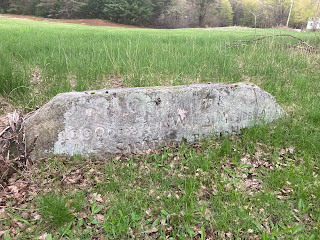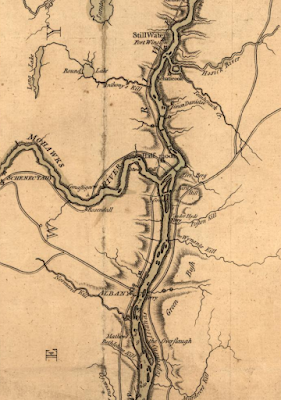How Many Routes Were There - "I Divided Them Into Two Divisions"

My first impression after reading Massachusetts Militia Private David How's diary , and British Ensign Thomas Anbury's Travels Through the Interior Parts of America was that in 1777 the Convention Army had marched as a whole from Saratoga, New York, through the southeast corner of Vermont and across Massachusetts to Cambridge. Early on in my research I encountered evidence that the British and German troops who surrendered at Saratoga followed two routes into central Massachusetts, and a common route on to confinement in Cambridge and on Winter and Prospect Hills. Brigadier-General John Glover, assigned by Major-General Horatio Gates to supervise the march, clearly states in his letter dated October 22, 1777, that he had split his prisoners into two columns, and "... sent on one Division of the prisoners, Consisting of 2,442 British troops, by Northampton, the other by way of Springfield, Consisting of 2,198 foreign troops. ... I have endeavoured to collect...


